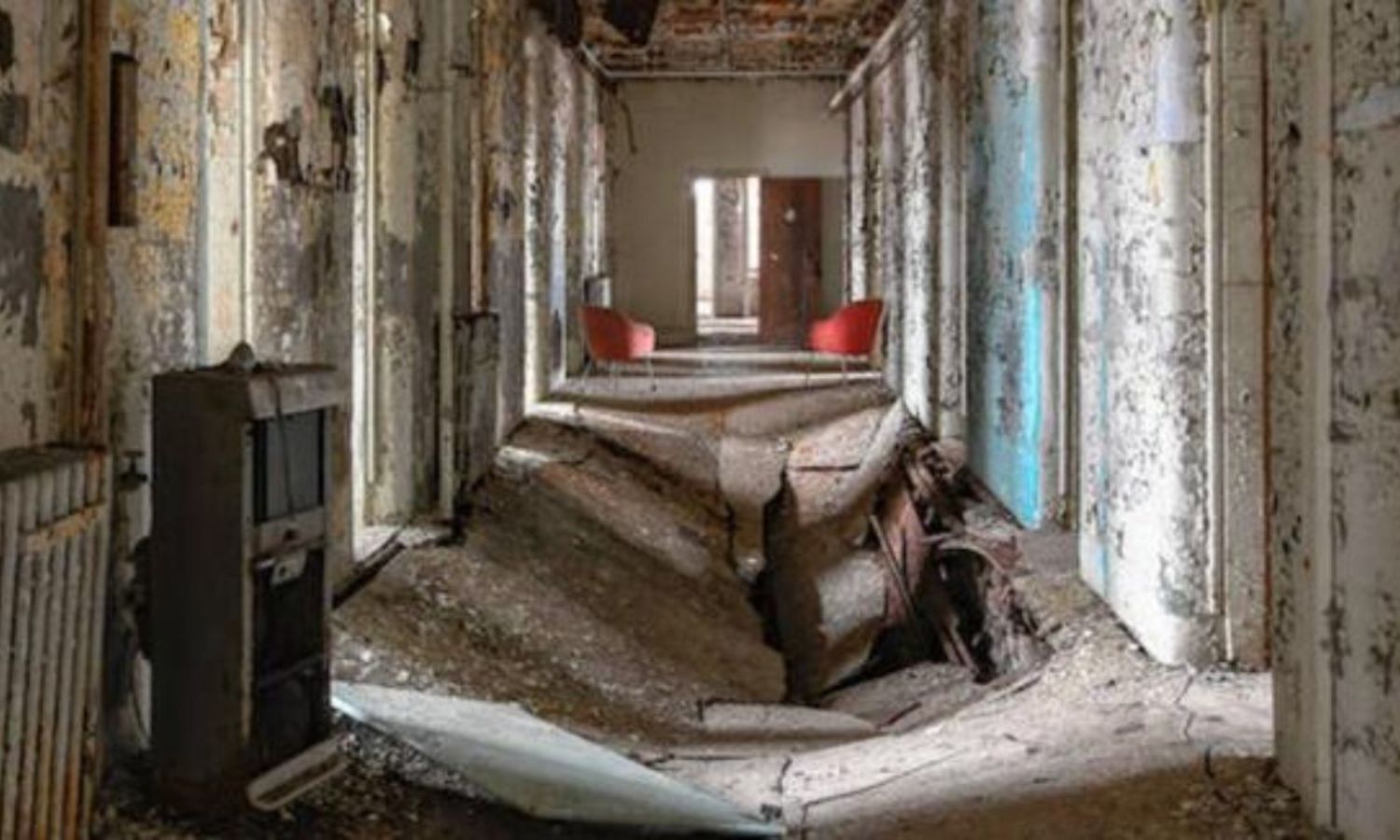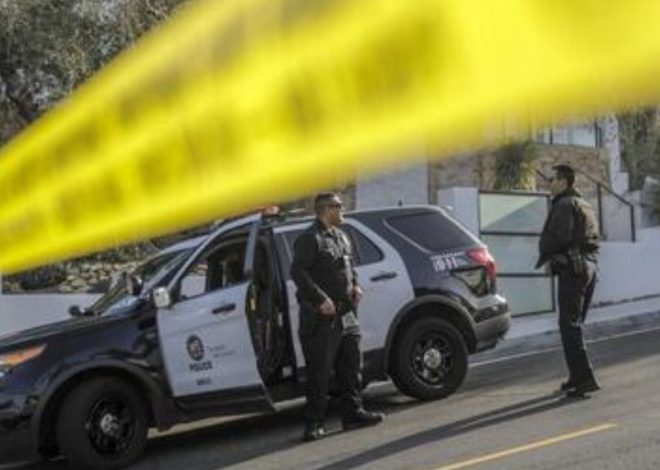
This New York Hospital is One of the Creepiest Places in the State
There are a lot of haunted and abandoned locations in New York State, but not many are as strange and enigmatic as the former Utica State Hospital. From 1843 until its closure in 1978, this hospital—the nation’s first state-run institution for the mentally ill—housed thousands of patients.
Numerous cases of abuse, neglect, and experimental treatments including electroshock therapy and lobotomies were experienced by them. A portion of them passed away inside the hospital’s walls and were interred in unmarked graves nearby. The hospital is now a dilapidated structure rumored to be haunted by the restless ghosts of its past occupants.
The History of Utica State Hospital
Dr. Amariah Brigham, the first president of the American Psychiatric Association and a pioneer in the area of psychiatry, founded the Utica State Hospital. He had an idea for a kind and forward-thinking facility that would offer moral care and occupational therapy to people with mental illnesses.
In addition, he created the main Greek Revival architecture for the hospital, which had two wings and a central dome. When the structure was finished in 1850, it was hailed as a feat of architecture and a source of community pride.
Nevertheless, as the hospital was overcrowded and understaffed, Brigham’s vision quickly dimmed. Between 1843 and 1890, the number of patients at the hospital increased from 140 to almost 2,000. In addition, the hospital added extra buildings, houses, farms, and a cemetery to its existing complex.
As patients endured unfavorable circumstances like limited food, bad sanitation, and lack of ventilation, the hospital’s standards of treatment also worsened. Additionally, a large number of patients were segregated, confined, or endured intrusive treatments like lobotomies, which were carried out by the notorious ice pick surgeon Dr. Walter Freeman.
The hospital’s standing continued to decline throughout the 20th century as a result of scandals, legal disputes, and inquiries. The atrocities of the hospital’s Willowbrook ward, which housed kids with developmental impairments, were made public by journalist Geraldo Rivera in 1972.
He disclosed that the kids were being utilized as test subjects for hepatitis research and that they were living in filth, abuse, and neglect. His report caused a stir in the public and resulted in changes to the mental health system. After the state passed the Willowbrook Consent Decree, which required the deinstitutionalization of mentally ill people and the creation of community-based services, the facility was eventually forced to close in 1978.
The Hauntings of Utica State Hospital
With the exception of the main structure, which was placed on the National Register of Historic Places, the majority of the hospital’s facilities were either demolished or repurposed when it closed.
After being abandoned and allowed to degrade, the structure attracted vandals, urban explorers, and ghost hunters. Numerous individuals have reported experiencing paranormal activity in the hospital, including hearing footsteps, cries, laughing, and voices; seeing apparitions, shadows, and orbs; feeling touches, pushes, and cold spots; and smelling odd smells like sulfur, rot, and blood.
The fourth floor, which held the victims undergoing lobotomies, the basement, which housed the morgue and autopsy room, and the dome, which housed Dr. Brigham’s office and the place where he is said to have hanged himself, are some of the most haunted parts of the hospital.
The Little Boy, who is heard crying and calling for his mother, the Old Man, who is seen sitting in a wheelchair and staring blankly, the Nurse, who is seen wearing a white uniform and carrying a clipboard, and the Shadow Man, a shadowy, menacing figure that lurks in the corners, are some of the most well-known ghosts of the hospital.
The Future of Utica State Hospital
Threats of destruction, fire, and vandalism have left the Utica State Hospital’s future unclear. The state owns the building, but Save Our Structures (SOS), a nonprofit dedicated to protecting and restoring historic landmarks, is in charge of managing it.
SOS has been collaborating with the state and the neighborhood to find a practical use for the structure, like a hotel, cultural center, or museum. Nevertheless, the proposal has numerous obstacles, including zoning, financing, and environmental concerns. In addition, the structure requires major renovations due to structural issues, mold, asbestos, and water damage.
Notwithstanding the challenges, SOS and its backers are optimistic that the Utica State Hospital can be spared and given a second chance at life. They think the building might be beneficial to the social and economic advancement of the city in addition to being a priceless piece of history. In addition, they believe that by paying tribute to the hospital’s history, they will be able to relieve the pain of its former clients and employees and maybe even placate the hospital’s lingering spirits.


